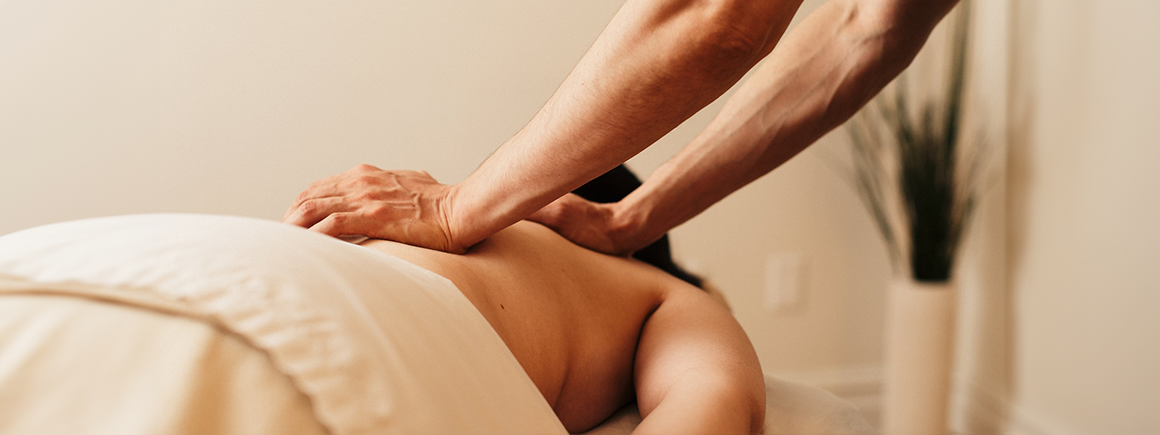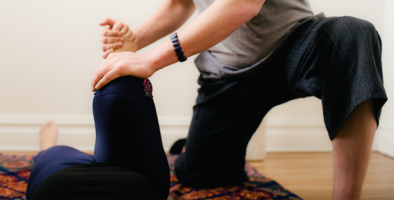Bad Posture? Advanced Myofascial Therapy Massage Can Help
AMT can help you stand taller, move freely, and live pain-free.
Do you hunch at your desk? Are you constantly looking down at your phone? Do you not like the way your back curves in pictures? Bad posture affects everyone differently, but persistent pain is one of the most severe results of slouched shoulders. Luckily, poor posture isn’t a permanent state of being.
Advanced Myofascial Therapy (AMT) Massage is a specialized massage therapy that can alleviate pain and improve posture. The technique releases tension within the fascial network, restoring natural movement.
What’s fascia?
Fascia is a connective tissue that encases muscles, bones, and organs. It helps maintain your body’s structural integrity and supports movement. When fascia becomes tight or restricted, it can lead to pain, limited mobility, and, in many cases, poor posture. Unlike traditional massage techniques, AMT addresses fascial restrictions and imbalances through specific, targeted pressure and stretching.
Benefits of AMT for Posture and Pain Management:
- Improved Posture: AMT is highly effective in releasing fascial restrictions contributing to poor posture.
- Enhanced Flexibility and Mobility: AMT can improve your flexibility and mobility, which can help counteract the adverse effects of spending too much time sitting.
- Pain Relief: The therapy targets the root causes of pain—musculoskeletal imbalances and fascial restrictions—so relief lasts well beyond your session. It can significantly ease chronic pain.
- Stress Reduction: AMT also addresses emotional and mental stress within the fascial system. Everyone can benefit from a little stress release.
What to Expect During an AMT Session
Your massage therapist will ask questions about your health history and goals. Have any sports injuries? Chronic soreness? Let them know. Once you get on the table, your practitioner won’t focus on your muscles like in a traditional massage; they’ll focus on finding trigger points in your body—stiff nodes in the fascia—and apply pressure along those lines to release the tension.
This therapy is not a gentle massage designed solely for relaxation; AMT can cause discomfort in taut areas of the body. Your therapist will constantly communicate with you, checking in to make sure the pressure is just right and helping you breathe through it.
How long does it take AMT to work?
The effectiveness of Advanced Myofascial Therapy varies depending on factors such as the severity of the fascial restrictions, the duration of the issue, and how well you respond to treatment. Some people notice improvements after a single session, particularly in pain relief and increased flexibility.
However, to address long-standing posture issues and chronic pain, consider multiple sessions, as the effects of AMT can be cumulative. You’ll get the best results if you develop a personalized treatment plan with a massage therapist specializing in AMT.
An ibuprofen or other easily-popped painkiller might tempt you when your neck or back aches from poor posture. Consider a few AMT sessions instead. Combine it with regular exercise for a holistic approach to chronic pain management, and you’ll be on your way to lasting relief.




